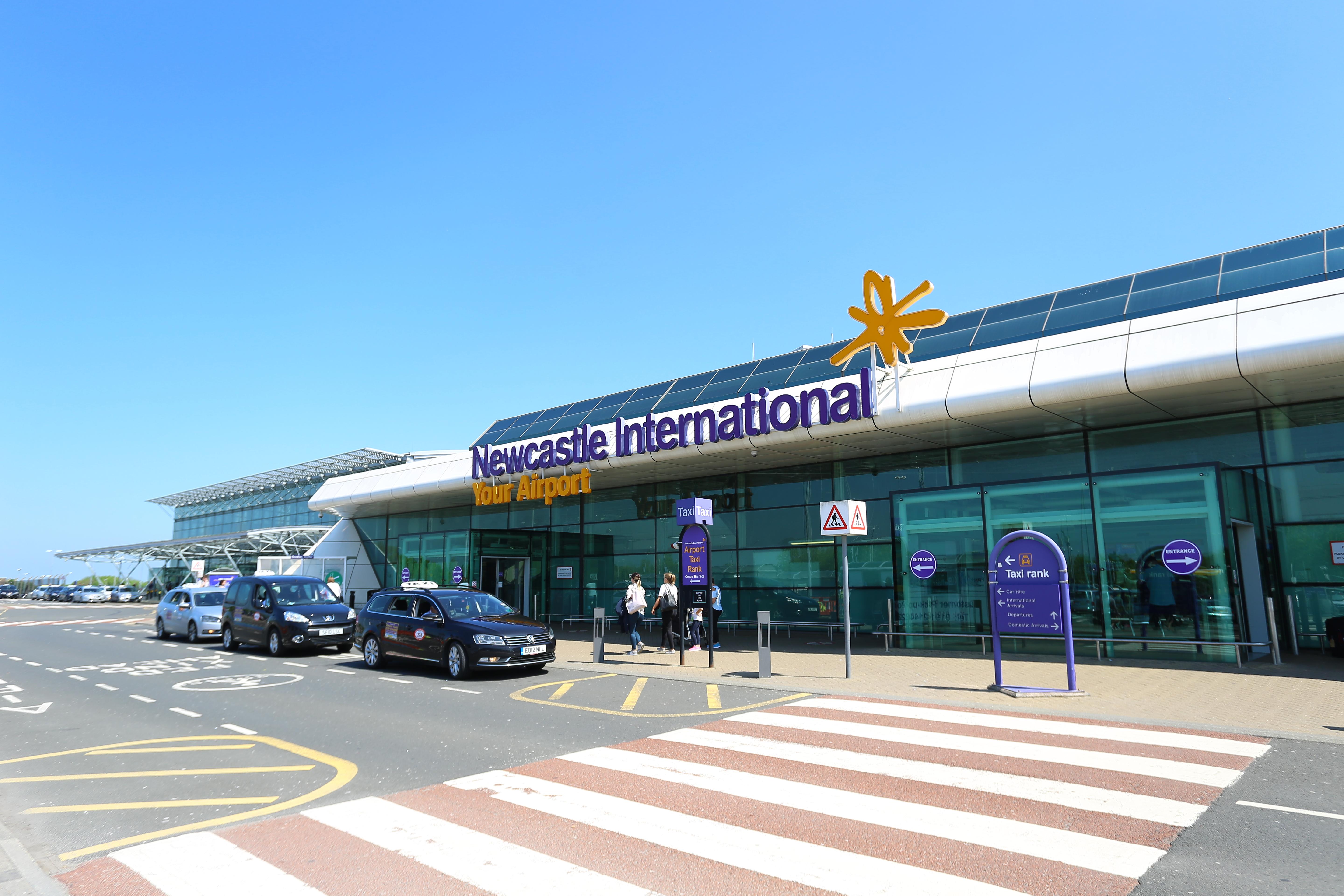
Newcastle Airport (NCL) in the northeast of England expects capacity for the forthcoming winter 2022/23 season to recover to about of 90% of pre-pandemic levels amid continued strong demand for leisure travel.
Director of aviation development Leon McQuaid said the airport’s traffic recovery during the summer has surpassed expectations, and forward bookings for winter are positive despite ongoing challenges caused by high fuel prices and rising inflation.
“Demand has been well ahead of where we expected it to be and load factors have been really healthy,” he told Routes. “Leisure has been leading the way—which is to be expected as many people haven’t had a holiday for two years—but there has been a rounded performance across all segments.”
Jet2.com increased its base at the airport from seven to eight aircraft during the summer season, with a ninth operating during peak periods. TUI Airways also deployed a fourth aircraft, while Ryanair opened a two-aircraft base in March.
Analysis of data provided by OAG Schedules Analyser shows that Jet2’s summer 2022 capacity from Newcastle was up by almost 21% compared with pre-pandemic levels, with a 29% rise recorded by TUI and 53% by Ryanair.
“If you compare the schedules now with this time three years ago when Thomas Cook exited the market, there has been a big uplift from these carriers,” McQuaid said. “It shows that we’ve recovered really quickly in terms of the capacity invested—but now we need to make sure that it is sustainable.”
McQuaid also pointed out that Newcastle managed to deliver on its customer service during the busy summer period at a time when staff shortages at many other UK airports led to flight cancellations, delays and lost baggage. He said that 98% of passengers passed through security in less than six minutes.
New routes for the forthcoming winter season include Ryanair’s flights to Cork (ORK), which was last served regularly by Aer Lingus until September 2018, and to Barcelona (BCN), which was served by easyJet until April 2020 and by Vueling for a limited time in 2021.
In late October, Emirates is also moving its 5X-weekly route to Dubai (DXB) to an earlier departure time of 1 p.m. from NCL, making it easier for passengers to connect to more destinations on the Gulf carrier’s network, while in December easyJet will resume flights to Geneva (GVA).
Earlier this month, Newcastle also secured Turkish leisure carrier SunExpress as its 17th airline partner, with the LCC set to launch flights from Antalya (AYT) during the summer 2023 season. Looking further ahead, Jet2 plans to fly from NCL to Reykjavik Keflavík (KEF) for the first-time during winter 2023/24.
“Although there are still a lot of unknowns at the moment as customer demand will be dictated by the cost-of-living crisis, what we anticipated would be on sale and operated through winter is still in the schedules,” McQuaid said. “I think we can be very confident about how the next couple of travel seasons are shaping up.”
As well as recovering its passenger network, Newcastle also hired Aileen Wallace from Emirates Skycargo earlier this year to further develop its air freight presence. The airport already handles about 400 tonnes of cargo each month but sees the potential to increase the volume of imports and exports from the region’s businesses, which include sizable clusters in the pharmaceutical, biotech and manufacturing industries.
Newcastle’s freight village is already home to handling agents Worldwide Flight Services, dnata and FedEx—where the latter recently moved into its own facility that supports an upgrade from an ATR 72 to a Boeing 737-400 aircraft—as well as freight forwarders like Kuehne & Nagel.
Wallace said that the facilities can help more businesses realise their international trade ambitions, as well as providing a more sustainable solution than transporting goods by road to and from the UK capital London.
“Shipping cargo from Newcastle removes the need for it to be trucked to other airports across the country,” Wallace said. “It also aligns closely with our objectives of being a net zero airport by 2035.”
